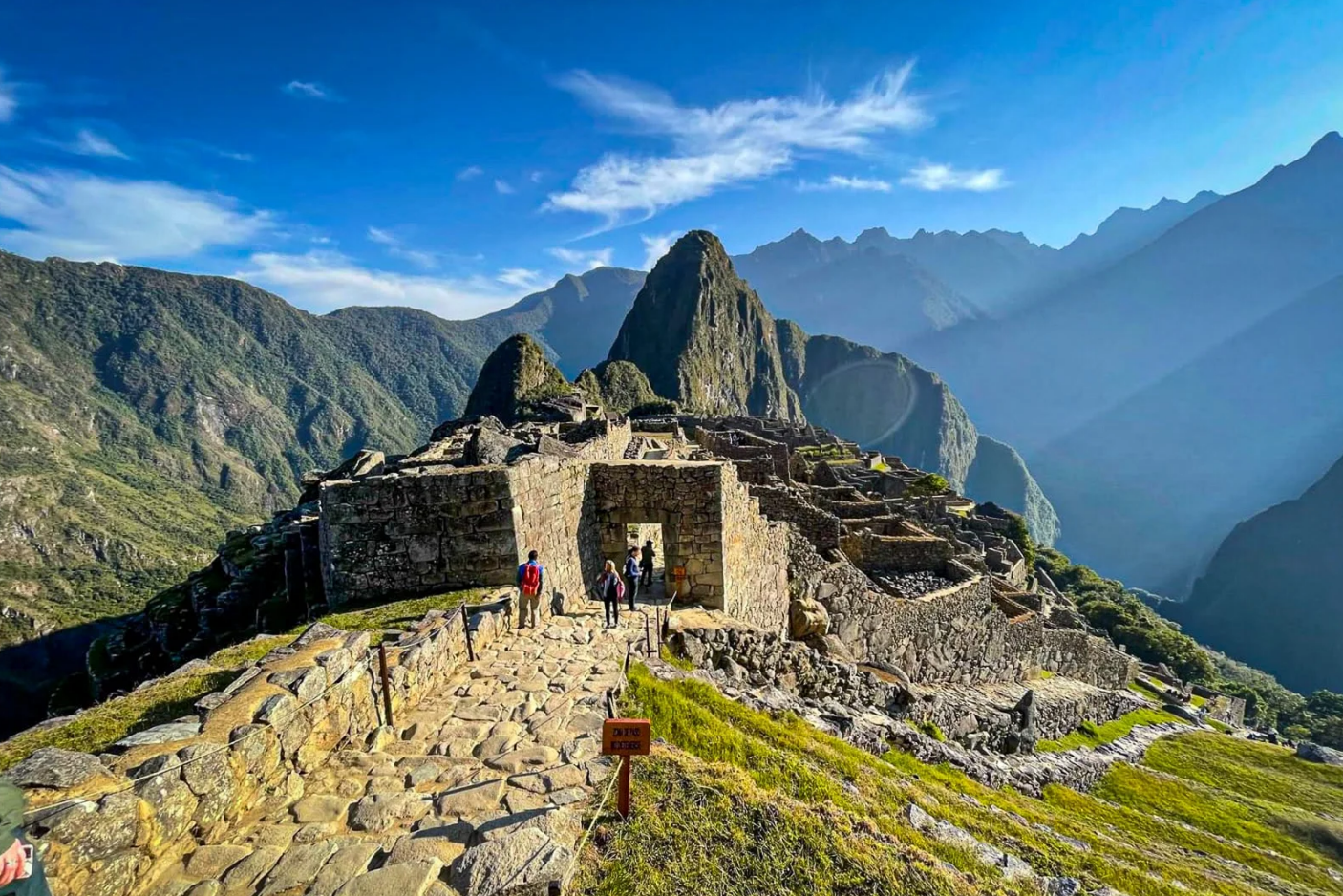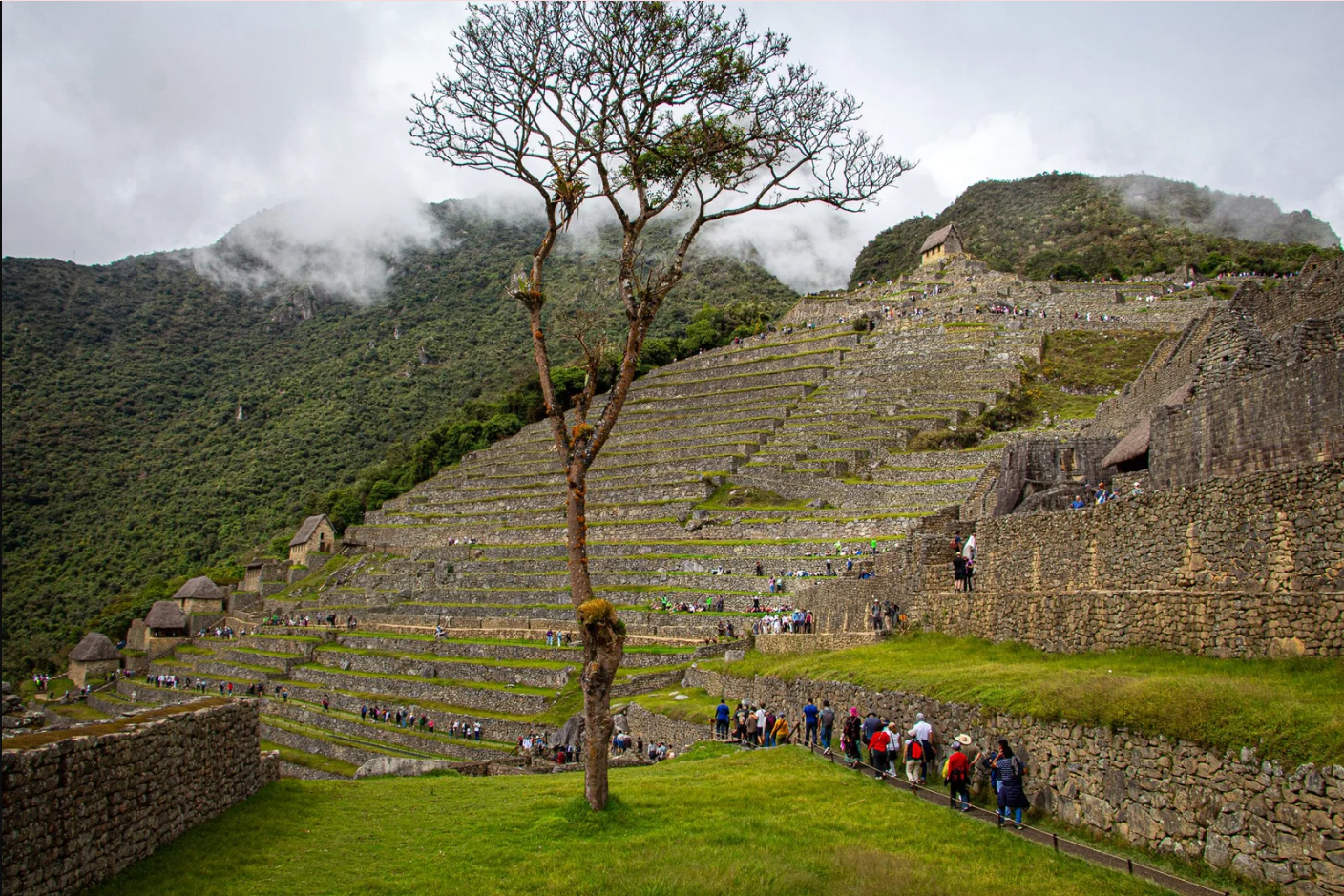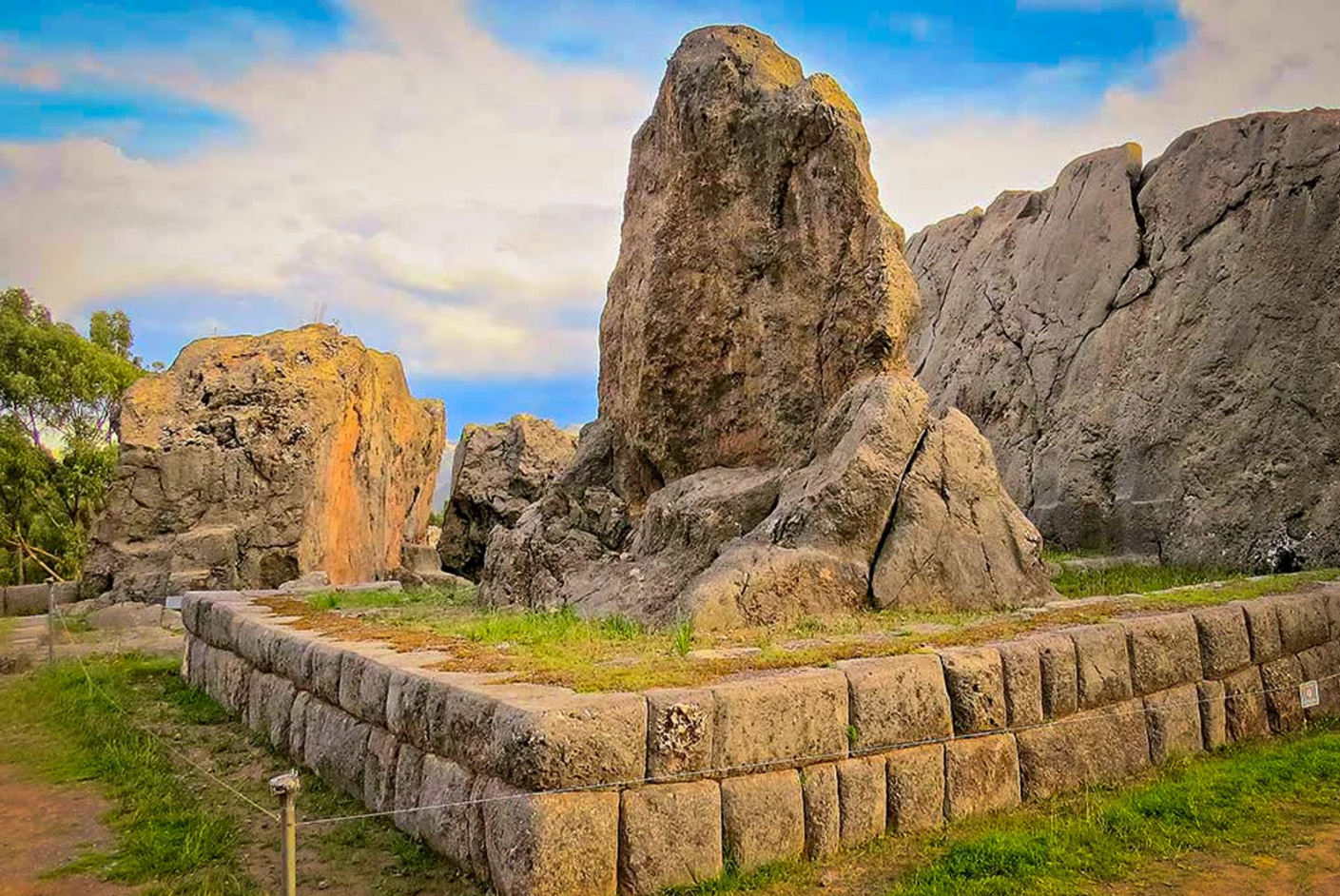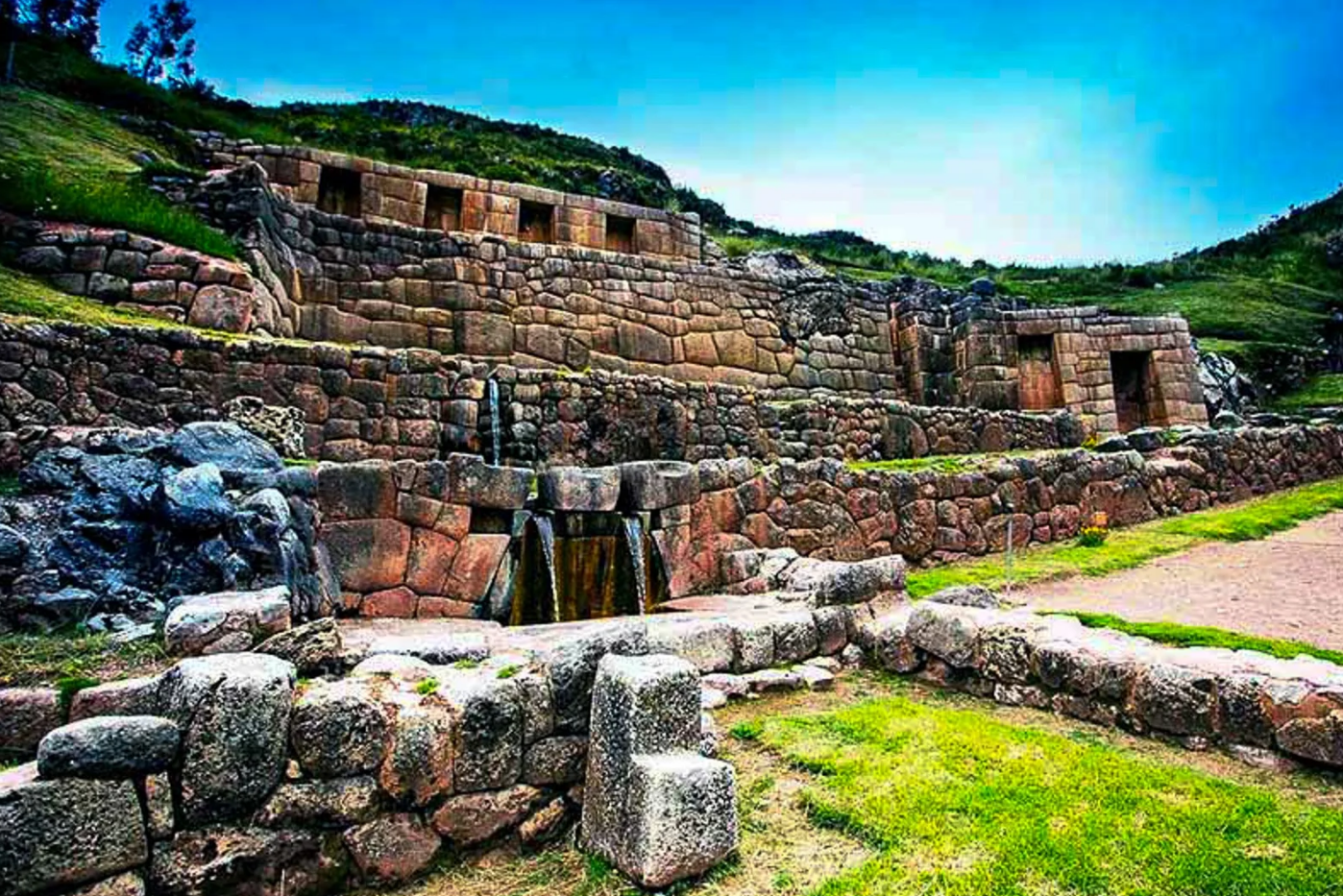Available
Max 12 Pax
Moderate
3550 msnm
Travel back in time with a visit to the Q’eswachaka Bridge, the last living Inca suspension bridge, handcrafted from natural fibers and rebuilt annually by local communities. Located in the remote highlands of the Canas province, this full-day cultural tour combines scenic Andean landscapes, ancestral engineering, and deep-rooted traditions still alive today. Ideal for travelers who want to explore lesser-known gems off the beaten path and connect with authentic Andean heritage.




Your day starts early with hotel pick-up in Cusco around 4:00 a.m. From the city, we begin a scenic drive through the southern valleys of Cusco, passing small villages, lakes, and breathtaking highland views. After a short breakfast stop in a local community, we continue our journey until we reach the Apurímac River canyon, where the Q’eswachaka Bridge is located. Once there, your guide will explain the cultural and historical significance of the bridge — a UNESCO-recognized tradition that dates back to Inca times. The bridge, made entirely from braided ichu grass (a native high-altitude plant), spans over 28 meters across the canyon and is rebuilt every year in a multi-day communal ritual. You’ll have the chance to walk across the bridge (optional and safe) and take stunning photos of the surrounding natural beauty. After the visit, we return to the village for a hearty local lunch and begin the journey back to Cusco, arriving around 5:30 to 6:00 p.m.
Round-trip tourist transportation from Cusco
Local breakfast and lunch
Professional bilingual guide (English/Spanish)
Entrance ticket to the Q’eswachaka site
First aid kit and oxygen
Snacks and personal drinks
Tips
Horse rental (not usually needed, but available nearby if required)
Comfortable walking shoes or hiking boots
Warm jacket and layers (cool mornings and evenings)
Hat, sunglasses, and sunscreen
Camera or phone for photos
Small backpack
Refillable water bottle
Cash for small purchases or local souvenirs
Passport or ID
The Q’eswachaka Bridge tour is suitable for all ages and fitness levels, as there is minimal hiking involved. Walking across the bridge is optional, but safe and well-maintained. This tour is especially rewarding if you’re interested in Andean culture and want to see something truly unique. The best time to visit is during the dry season (April to October), and for a truly special experience, consider planning your visit during the annual bridge reconstruction festival in June, when local communities gather for days of ceremony, music, and teamwork.